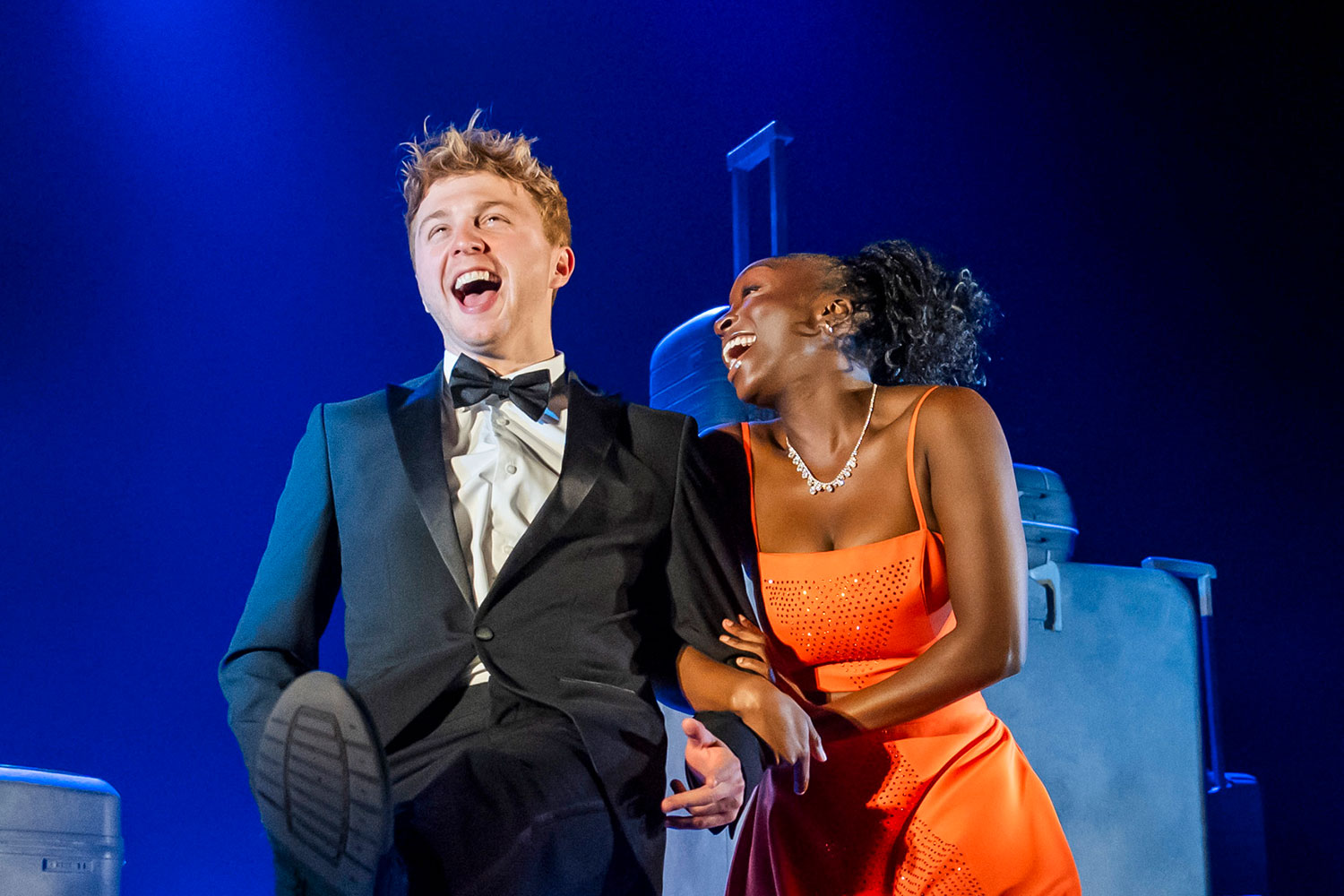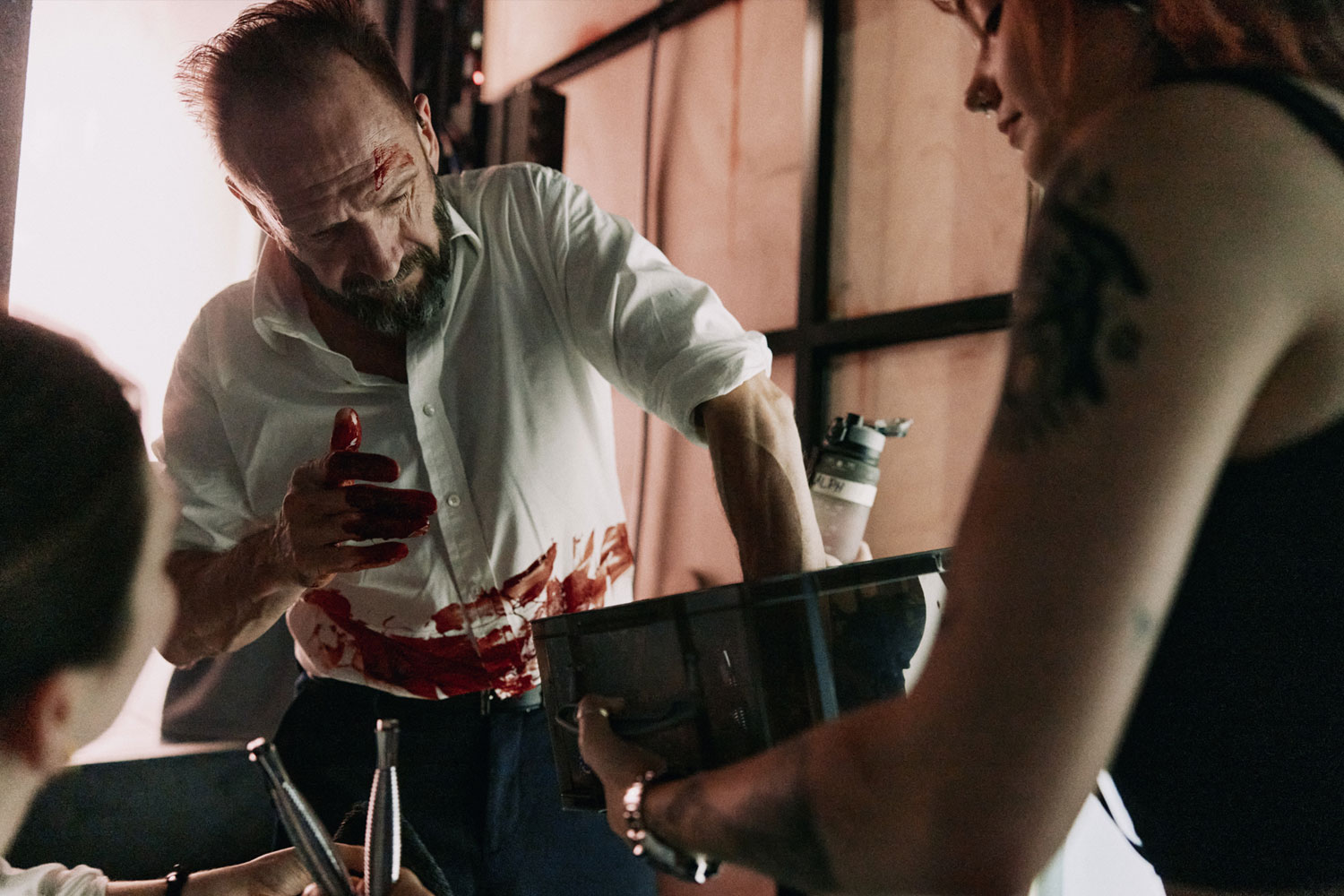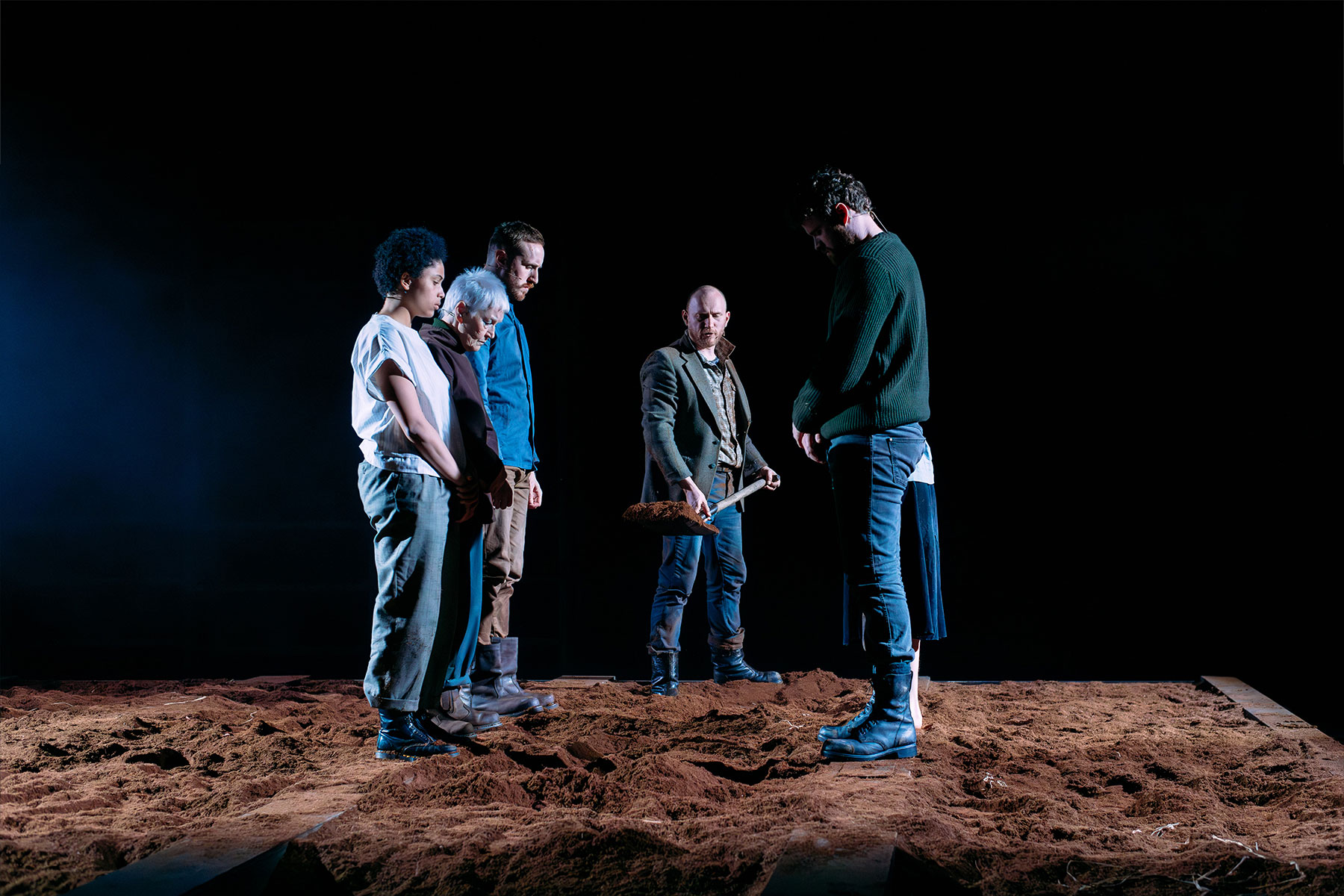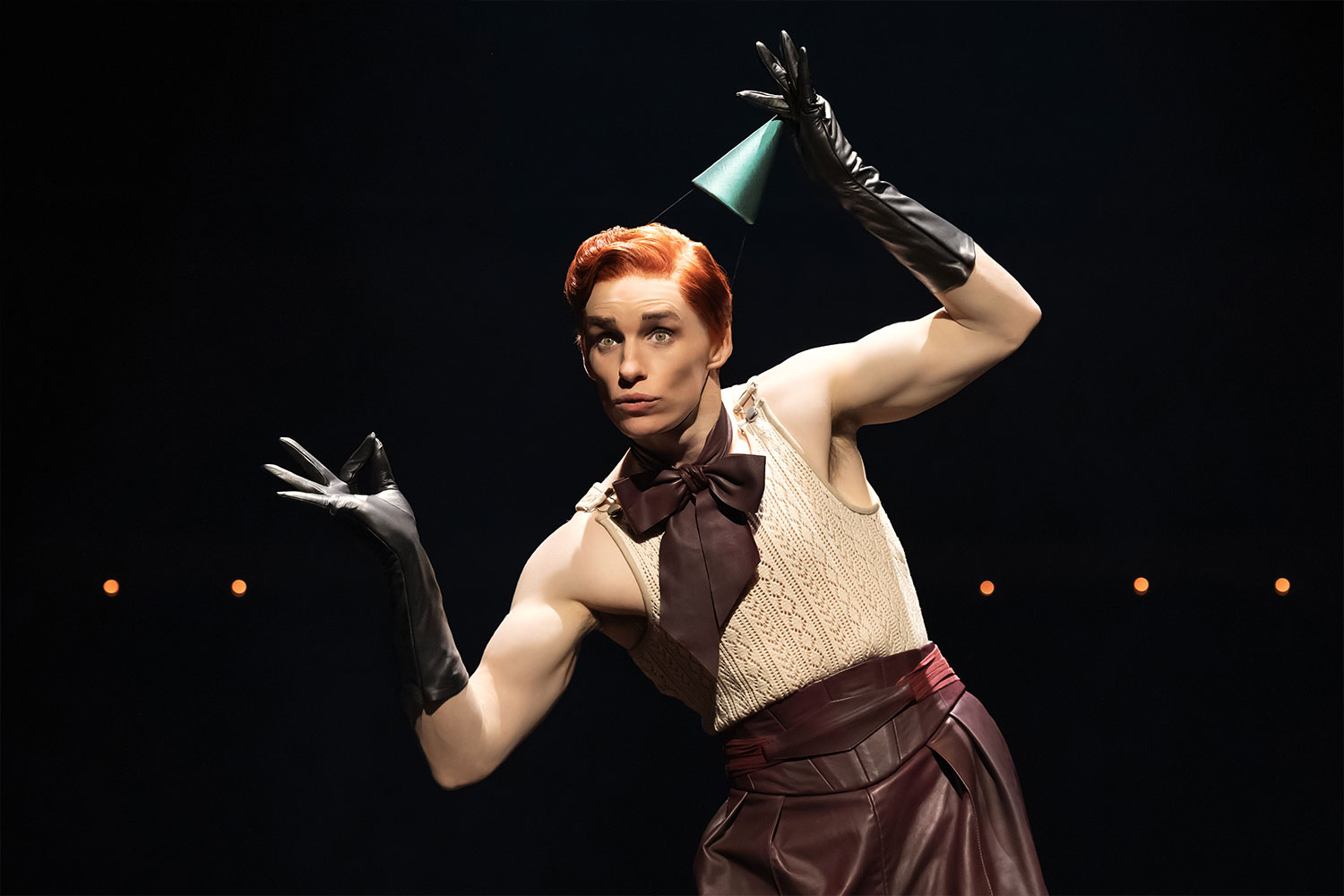An Inspector Calls
Since its 1945 premiere in, strangely, Moscow, J B Priestley’s thriller An Inspector Calls
has become a perennial classic, remaining hugely popular with
production companies and audiences, alike. It has always been regarded
as a well written and solid thriller.
Then in 1992 theatre and film Director, Stephen Daldry
created, for the National Theatre, a daring and radically rethought
production with expressionistic influences which revealed hidden depths
and meaning in the text and thus steered the play away from being
merely a conventional thriller and more towards being stunning piece of
high drama. Seventeen years later and following many awards, the
production is, once again, touring the UK and it remains a real tour de
force that continues to pack a deeply emotional punch.
Opening in 1945, an air raid siren signals the all clear and
children play in the rainy street outside the 1912 set house of Arthur
Birling (David Roper), his wife Sybil (Sandra Duncan), and son Eric (Robin Whiting), as they celebrate the engagement of his daughter Sheila to wealthy businessman Gerald Croft (Alisdair Simpson).
Into this cosy family dinner storms Inspector Goole, played energetically by Louis Hilyler,
investigating the suicide of a local woman, Eva Smith. As the evening
progresses the cosy life of the Birlings is utterly shattered both
emotionally and physically and all the relationships are put under
intense strain as, one-by- one Goole cross examines each member of the
family, skilfully extracting truths and the part each person played in
Eva’s death.
The entire cast are formidable in their talents and all deserve the
upmost credit for their staggeringly good performances, but standing
out amongst them is Marianne Oldham
as Sheila Birling. Her transformation from giggly newly engaged girl to
remorseful, intuitive woman is brilliant and, partly due to the writing
and partly due to the direction, it is she who holds the piece together.
Daldry’s direction of the play cannot be faulted. The action is
swift, the stage is used to maximum effect and his use of symbolism
serves to heighten the dramatic narrative which thus increases the
brutality of the family’s downfall. This is further reflected in Ian MacNeil’s
stunning set which almost becomes a character of the play itself. The
house sits on stilts, reflecting the tenuous nature of the family’s
comfort and its dramatic collapse is a defining and iconic moment of
this production.
A clever lighting design by Rick Fisher complements MacNeil’s set and Stephen Warbeck’s original music is paramount in establishing atmosphere and tension.
There is the one slight downside to proceedings which isn’t, to be
completely fair, the fault of the production. It is, in fact, too
clever and symbolic for the teenage GCSE students the play attracts. On
the night I attended the vast majority of the audience was made up of
school groups many of whom demonstrated that they were not mature
enough to fully engage with the intensity of the drama and as a result
some impact was lost through inappropriate giggling, and constant
extraneous noise. If I was to see this production again, and I would
not hesitate to do so, I would certainly avoid booking for a weeknight
performance in order to deliberately avoid school parties.
Since its premiere in 1992 this production has played five London
seasons, toured the UK seven times, toured Australia twice and fitted
in a Broadway engagement. Its enduring popularity owes as much, if not
more, to the quality of the production as it does to the plays presence
on the current GCSE English Literature syllabus.
J B Priestley would, I am sure, be proud of this unmissable
production, which I am sure will continue to enthral audiences for many
years to come.
Stunning and stirring stuff!
-Malcolm Wallace










